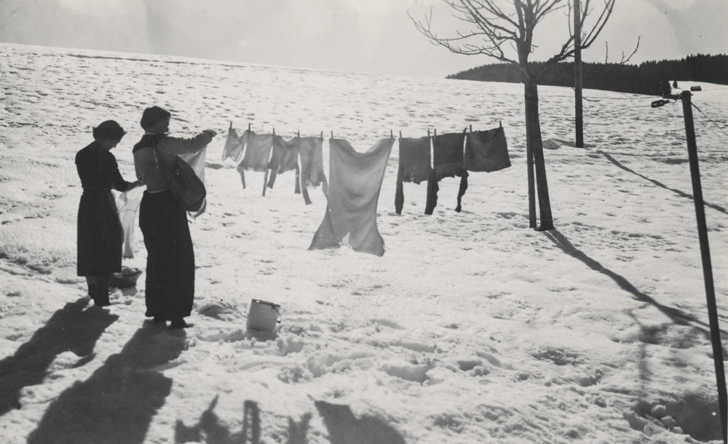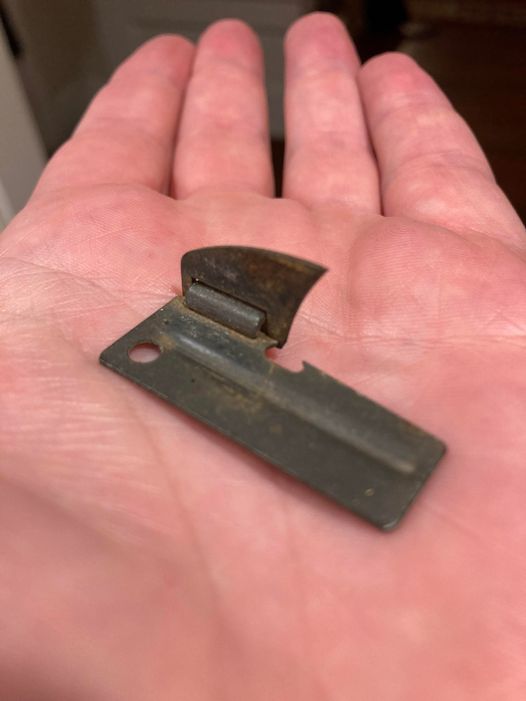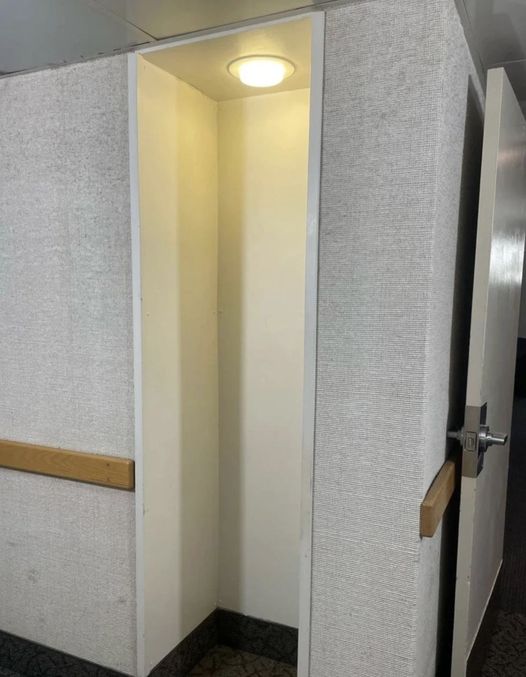Let’s take a nostalgic trip back to the good old days, when laundry was an art, a skill, and sometimes even a saga. Picture this: No flashy electric dryers or instant washing machines, just a humble washtub, maybe some bar soap, a washboard, and a lot of elbow grease. When washing machines finally made their grand debut, many families still couldn’t justify or afford a clothes dryer. And why would they? After all, the sun was free, and the smell of line-dried clothes was simply unparalleled. But this wasn’t just a throw-and-go operation; Grandma had rules – and boy, did she mean business.
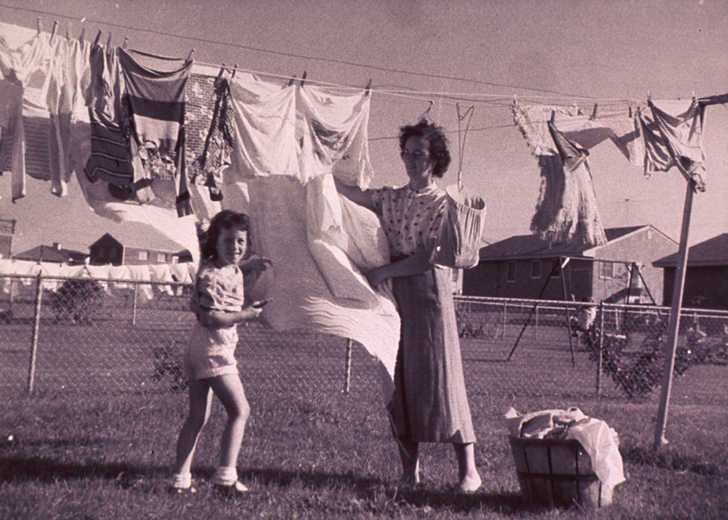
1) The clothesline must be wiped down before hanging the laundry on it.
Think of it as rolling out the red carpet for your clothes. Wiping down the line was essential. Dust and dirt had no business mingling with freshly washed clothes. Imagine spinning a glorious yarn to the neighbors about your pristine laundry, only to have it marked by rogue dirt. Unfathomable!
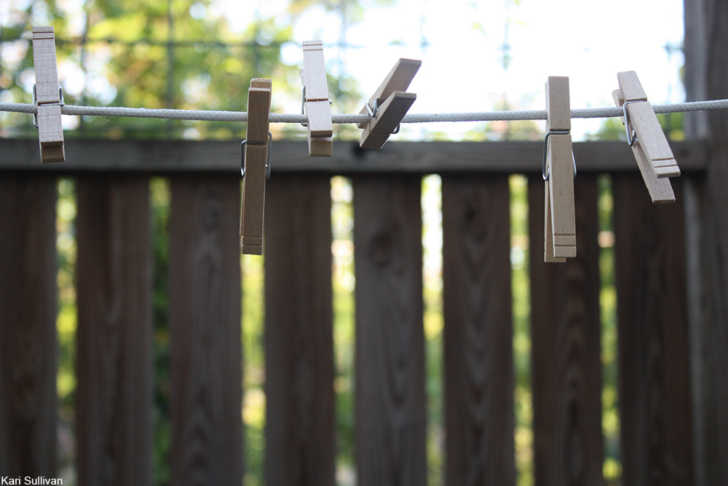
2) Socks are to be hung by the toes.
Hanging socks by the toes might sound trivial, but it was a stroke of genius. The result? Perfectly preserved ankles, free from unsightly stretches. Call it the socks’ version of a facelift.
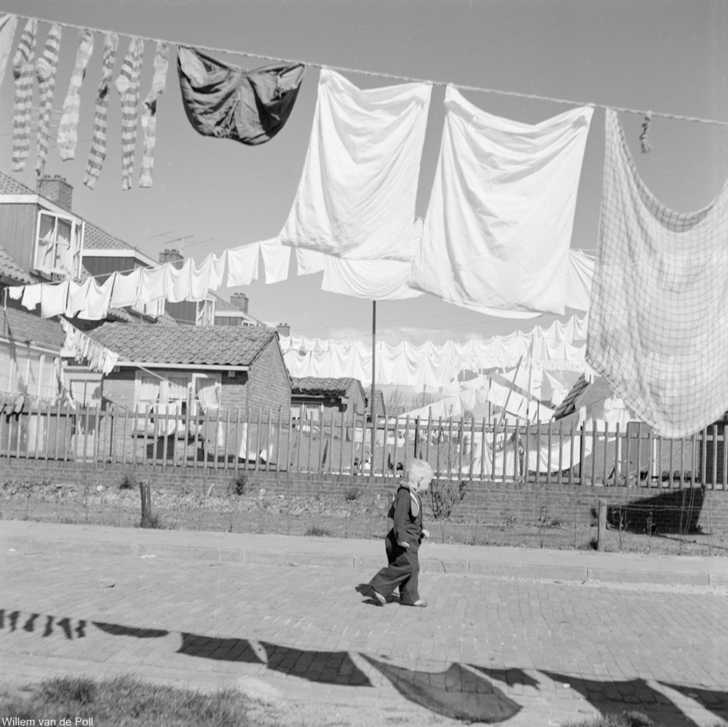
3) Sheets are hung on the outer edges of the lines and intimates and unmentionables in the middle.
Oh, those unmentionables! Always a delicate subject. The rule was simple: delicate items go in the middle, and large items like sheets, blankets, and towels were the guardians on the edges. Not only did it provide a bit of modesty, but it also ensured that the neighbors’ inquisitive gaze wouldn’t land on undergarments.
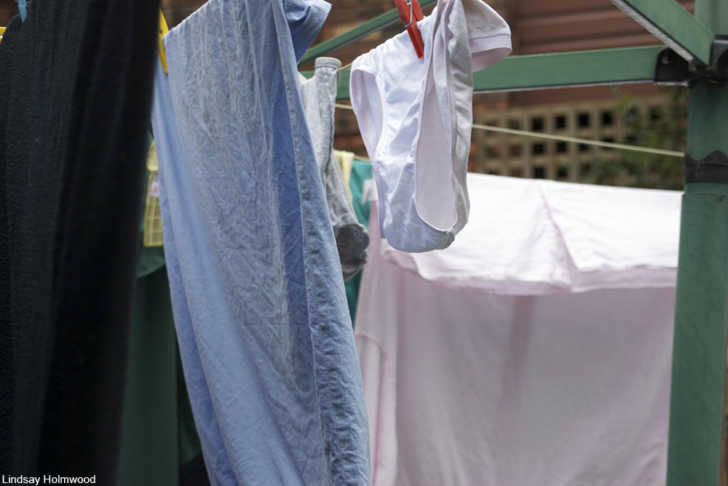
4) Like colors are to be hung together.
Color coordination wasn’t just for fashion. Hanging whites with whites and colors with colors was a lazy but effective safeguard against unsightly dye transference. Lest we forget, nothing’s worse than a tragic pink-tinged towel among your freshly bleached whites.
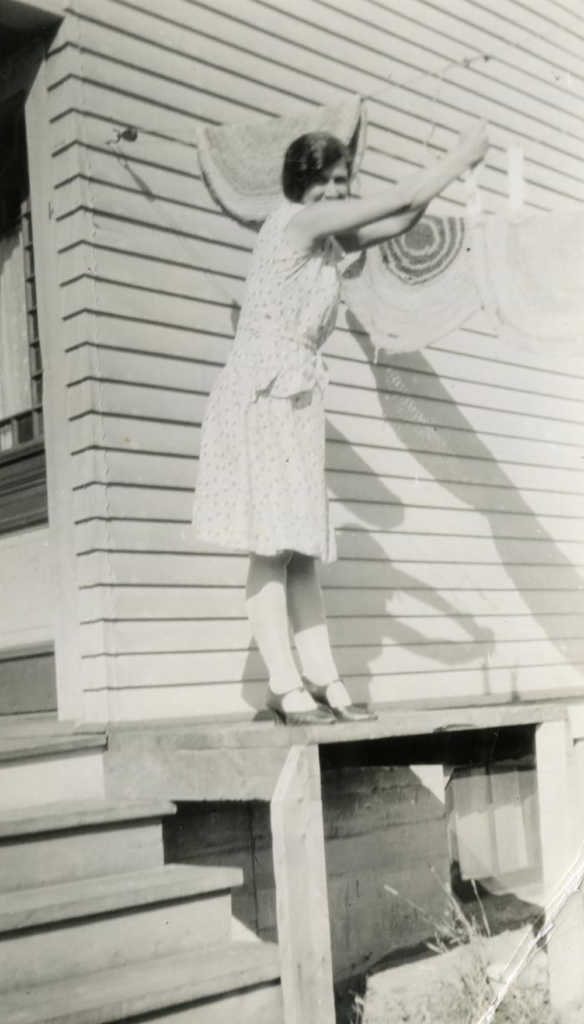
5) Shirts should be hung by the tails, not the shoulders.
Hanging shirts by the tails was the ultimate life hack. The tail-end crimps from clothespins were easily ironed out or hidden away. Shoulder bumps? A madre’s sworn enemy – they’re almost impossible to navigate, so shirts took the plunge upside down.
6) Each item must share a clothespin with its neighbor.
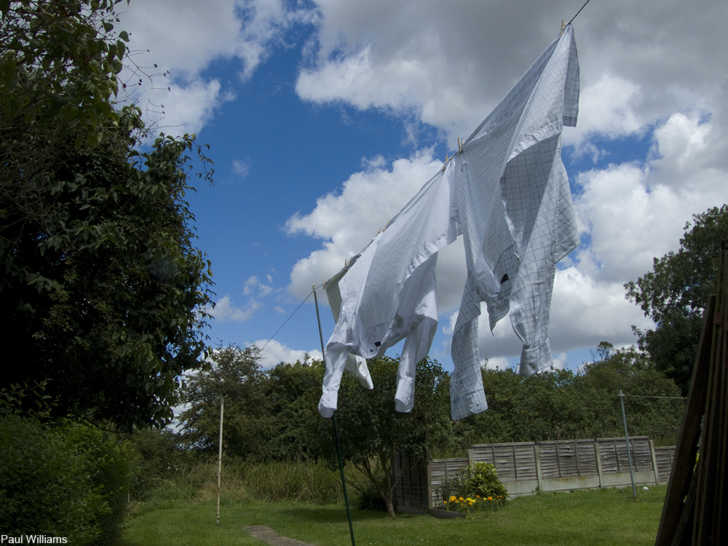
Ever heard the phrase, “waste not, want not”? Clothespins were rare commodities. Neighbors sharing pins was an act of thrift wrapped in communal spirit. Many savvy laundry mavens did mountains of washing with only a dozen pins. Ingenious, isn’t it?
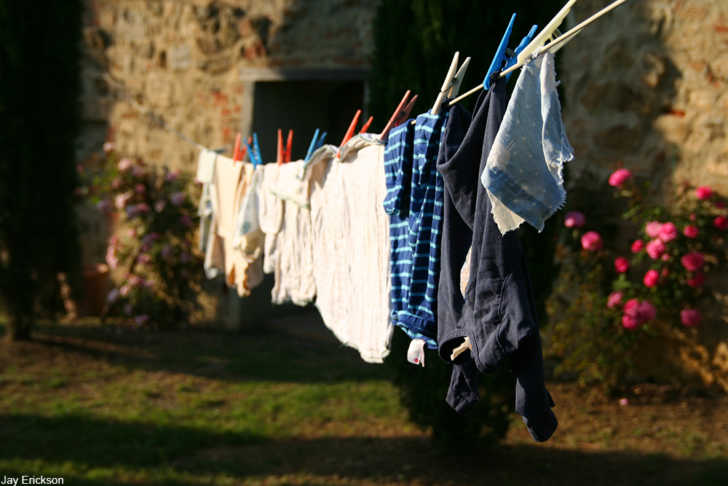
7) It doesn’t matter the temperature, the clothes will be hung out.
Rain or shine, come snow or sleet – the clothes were going on the line. Winter’s icy grip couldn’t deter these stalwart souls. Indoors, laundry risked smelling like smoke or getting sooted by the fireplace. Outdoors, the clothes braved the elements like champion Marines.

8) Clothespins always come inside.
Leaving clothespins outside was like leaving your wallet on the sidewalk. Grandma’s ironclad rule: bring the pegs inside, or face the fierce wrath of a frugality-fueled titan. Losing a peg was no minor inconvenience—it was an infraction!

So there you have it – Grandma’s rules for the time-honored staple of outdoor drying. Some may say these ways are old-fashioned, but remember, with every line of laundry, weaves a story of resourcefulness and tradition. Kind of makes you want to brave the weather and hang out your clothes, doesn’t it? While these rituals may not be hanging on the line of modern convenience, they sure did make a lot of sense!
